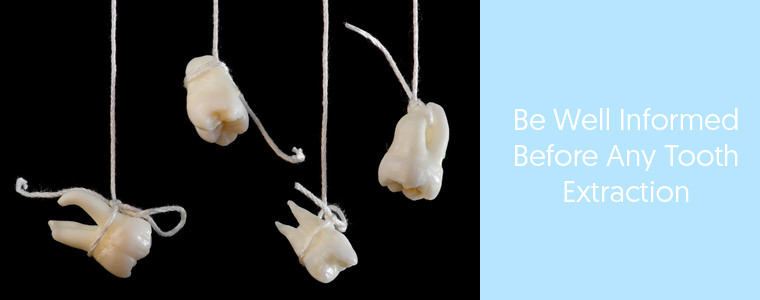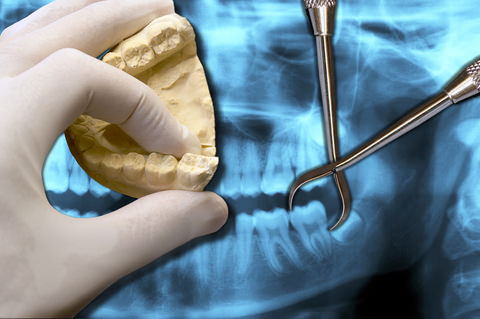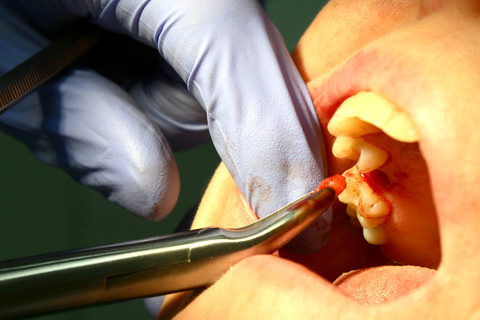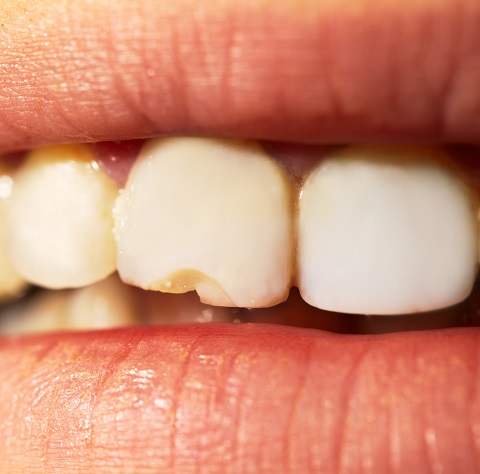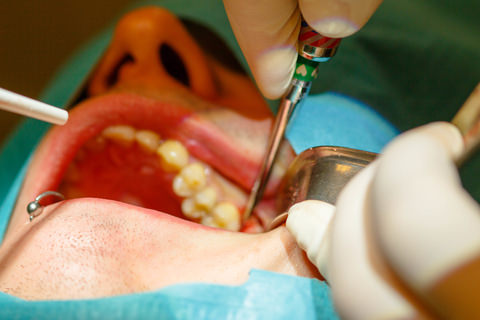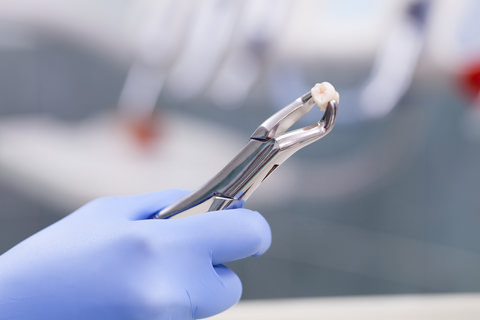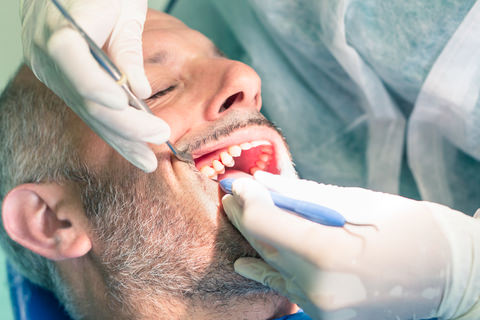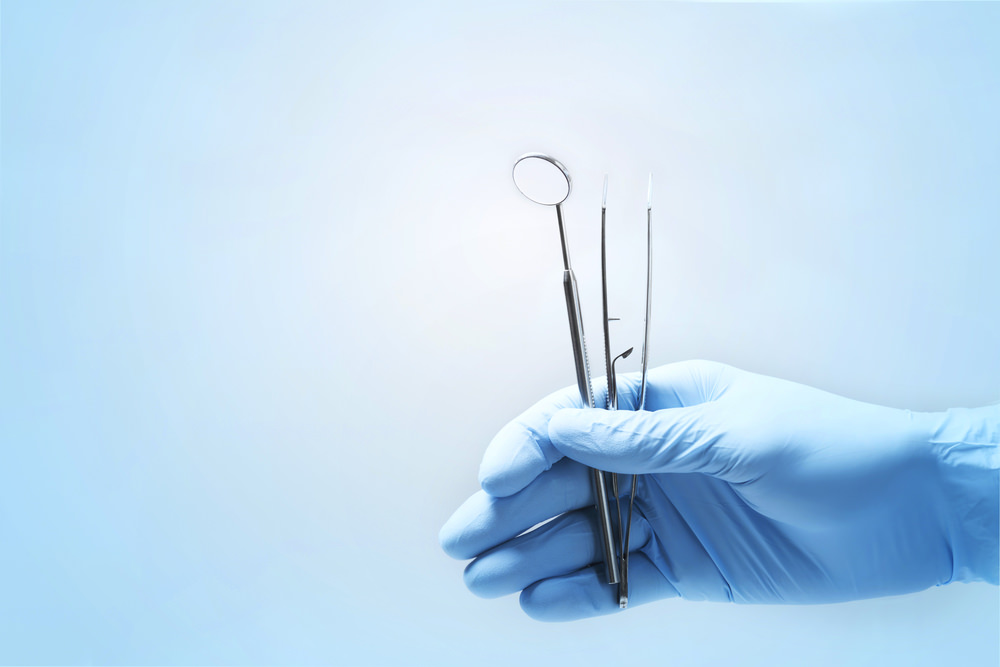Tooth Extraction Tips: Understanding What’s Involved
When you hear the words ‘tooth extraction’, what comes to mind?
We wouldn’t be surprised to hear you say fear, pain or expense as your initial words of choice.
But this doesn’t have to be the case.
Current dental techniques make tooth extractions safe and relatively painless.
This post will run through everything you need to know to put your mind at rest.
Let’s extract some info!
Jump to Contents
- Reasons to Extract a Tooth
- An Abscessed or Infected Tooth
- A Fractured Tooth
- Tooth Extraction Procedure: What’s Involved?
- Pain From a Tooth Extraction
- How Long Does a Tooth Extraction Take?
- The Healing Process: 24 to 48 Hours
- Things to Remember and Avoid
- Your Jaws: Explained
- What Happens if You Lose the Blood Clot?
- Tooth Extractions and Bleeding
- Helping the Healing Process
- Wisdom teeth issues.
- A tooth abscess.
- A tooth infection.
- Fractured or broken tooth.
Dentists will try to save your teeth wherever possible and leave an extraction as a last resort.
Removal of your tooth usually only occurs when there’s no choice, either financially or because of a dental reason.
Leaving a tooth that has the potential to impact on your system is very serious. If left to rot, it can cause a systemic breakdown.
When discussing extractions, wisdom teeth removal does come to mind.
Spacing issues with your wisdom teeth can be one of the reasons why your dentist chooses to remove a tooth.
But you’ll find they’re not the only teeth that get extracted on a regular basis.
If you are after information about wisdom teeth and their removal, check out our post – Wisdom Teeth Removal: What Can You Expect?
An Abscessed or Infected Tooth
The pain associated with an infected tooth can be extreme, primarily when it has advanced to an abscess.
Removing an abscessed tooth must be done after all the bacteria has been cleaned out.
Two reasons for this:
- It stops bacteria from spreading
- Reduces the pain once the tooth has been extracted.
A Fractured Tooth
Bacteria can spread very quickly inside a broken tooth.
If the fracture is big enough, extracting the tooth can be a necessary treatment option.
Fractures to your teeth can happen quite easily. Trauma to your tooth is probably the most common way a tooth is fractured, resulting in a dental emergency.
Hit in the mouth by a ball or falling off a bike and hitting your mouth on the handlebars happens a lot.
It can also be due to wear and tear or things such as clenching and grinding your teeth.
If a fracture occurs, there’s nothing much you can do about it.
But, if you have an infected nerve inside your tooth, you’ve got the choice of either taking a nerve out or taking the tooth out.
That’s an option you do have, but root canal treatment may be required.
If you don’t want to go down that path, your dentist will suggest taking the tooth out.
If you are experiencing pain from a broken or fractured tooth, get to your dentist quickly so that they can assess the tooth and provide treatment if needed
The type of bacteria that rots your teeth is very nasty, and it can become systemic.
One only has to look back in history during Egyptian times where people died from serious tooth-related issues.
Now, we’re not talking about a short time. A tooth has to be decaying for a long time before bacteria turns it into a life and death situation.
We mention this because you’d be surprised how many people live with a painful tooth that is rotten and should be taken out.
Tooth Extraction Procedure: What’s Involved?
Ok, so you need to have a tooth extracted. Your dentist will assess the tooth and the surrounding area and will make a decision based on what they see.
Tooth extractions can be divided into two groups:
- Surgical removals
- Sectional removals
Surgical entails removing bone or gum, sometimes both. This is common when dealing with wisdom teeth.
Your tooth can sometimes be impacted resulting in your dentist struggling to gain access to the tooth and the surrounding area. If this occurs, they’ll surgically remove some bone and gum.
If you have a dead tooth it is most likely your dentist will section it. The surrounding area won’t be touched as much and will reduce trauma to the area.
It is usually easier to section a tooth so your dentist can take each root out individually resulting in less chance of fracturing your tooth, causing further additional problems
Dentists are very careful when they extract a tooth and there a few reasons for this.
For instance, if the root of your tooth is in your sinus or is very close to the nerve that travels inside the lower jawbone, they will be cautious around that structure.
Anything that disturbs this nerve can cause serious complications, possibly paralysing areas of your mouth.
Sectioning the tooth and dividing it up into fours is a much better way to reduce trauma and making the tooth extraction a success.
- Bone or gum trauma.
- Your age and how your body copes with recovery.
- How elastic your bone is.
- General damage to the tooth and gums.
I currently use a laser handpiece called the Genova which under her stats reduces and cuts down pain and healing time by as much as 50%.
Some of my patients have stated that they usually take a painkiller like a panadol on the first day, and after that seem to be ok.
Naturally, everyone is different, so please speak with your dentist if pain persists.
Swelling is usually directly related to how much trauma occurs at the time of removal.
So if your dentist can section the tooth without touching the gum or the bone, then you will have a much better outcome with swelling and pain.
How Long Does a Tooth Extraction Take?
Generally, most extractions will be done in one session or visit to the dentist.
The timeframe varies, depending on how deep the root of your tooth goes and what the access is like for your dentist.
You’ll find that a standard tooth extraction will take between 20 to 60 minutes.
The Healing Process: 24 to 48 Hours
The healing process comes down to one thing, the blood clot.
This is what allows your wound to heal and forms inside the socket of your extracted tooth.
The blood clot forms a scaffolding for the bone cells to go through and all the healing cells to infiltrate into that socket.
Dr V recommends not to fly for about seven days after tooth extraction, especially if it’s been a difficult extraction.
Long haul flights are particularly dangerous because you’ve got the possibility of DVT.
This is Dr V’s preference and is something that she encourages her patients when they have a tooth extraction.

No flying for 7 days when a tooth is extracted.
Things to Remember and Avoid
Drinking alcohol and smoking is a no, no. It will likely affect your healing and the possibility of you losing the blood clot.
Once you lose your blood clot, dentists refer to it as a dry socket.
This is very painful because you’ve exposed the bone.
If you have pain after 48 hours, there is a good chance that you’ve lost the blood clot and a dry socket has formed.
Your Jaws: Explained
The top jaw is very different from the lower jaw.
Your top jaw has got an abundant blood supply, and you’ll find that healing time is much quicker than the lower jaw.
When a tooth extraction occurs on the lower draw, I ask my patients to come back so I can assess the situation and make sure the healing process has taken hold and a blood clot has appropriately formed.
What Happens If You Lose the Blood Clot?
The pain will get gradually worse and you’ll want to get back to see your dentist ASAP!
They’ll clean out any food debris for your socket and apply a dressing, sometimes from clove oil. This is to fill the space and give your body something to work and help it heal.
Healing time when you lose the blood clot can increase, and it takes about six weeks for a dry socket too much, much lower health risk.
Tooth Extractions and Bleeding
Most people hate the idea of blood in their mouths.
But for your dentist, blood is seen as a good thing. Especially when you’ve had a tooth extraction.
Getting worried that you’re bleeding too much after extraction is a common thing.
The fact is, without blood your body can’t heal.
What creates the illusion of a lot of blood is really your salvia mixing with a little bit of blood. However, this blood is not that dark in tone.
Think about cordial juice; you only need a little bit of cordial to turn the whole jug red, don’t you?
If blood is oozing out, then it is possible that a major source of blood flow has been damaged during the extraction of your tooth.
Apply direct, firm and tight pressure to the wound so you can get the blood clot to come back.
If you’re worried, contact your dentist and get it checked out.
Excessive blood in the mouth which is very rich in colour is generally an indicator that something might not be right and it may need further investigation by your dentist.
Conclusion
If you are experiencing pain because of either a tooth abscess or cavity, the pain you feel right now will probably be much greater than a tooth extraction procedure that’s possibly worrying you.
The fear of having a tooth pulled out goes back to the dawn of time when dentistry was in its infancy, and there was no anaesthetic available.
Yes, fear and pain are two genuine reasons why people decide to hold off on getting a tooth extraction.
Lucky for us, Australia has some of the best-trained dentists in the world.
Concern and doubt should be left at your dentist’s door as the latest technology and techniques are proven and are hugely successful.
It is essential to understand that tooth extractions can be a necessary procedure if it’s indeed required. Though in most cases, your dentist will only extract a tooth if no other option is available.
Leave a comment below if you have any pressing questions about tooth extractions.
By Dr. V
Created at May 17, 2018, Updated at January 25, 2025


